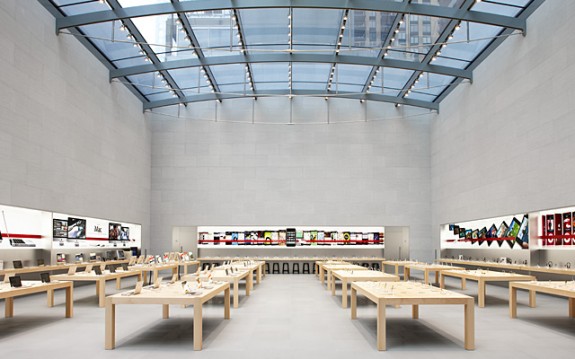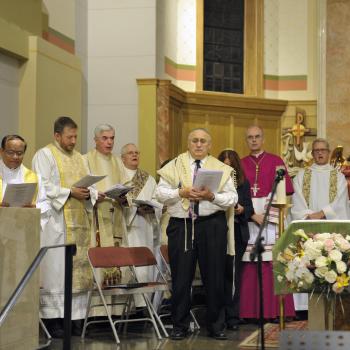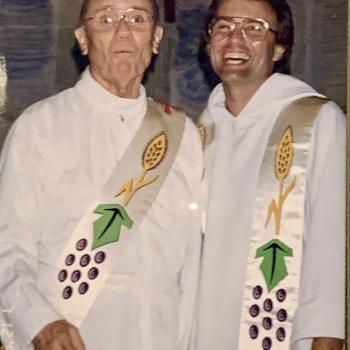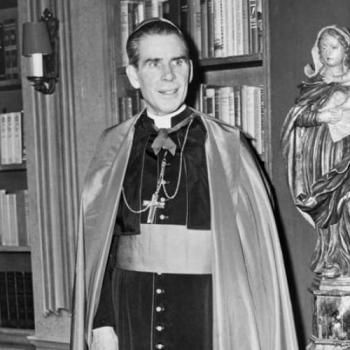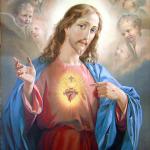Some years ago, Umberto Eco posited the notion that computers are like religion:
The fact is that the world is divided between users of the Macintosh computer and users of MS-DOS compatible computers. I am firmly of the opinion that the Macintosh is Catholic and that DOS is Protestant. Indeed, the Macintosh is counter-reformist and has been influenced by the ratio studiorum of the Jesuits. It is cheerful, friendly, conciliatory; it tells the faithful how they must proceed step by step to reach — if not the kingdom of Heaven — the moment in which their document is printed. It is catechistic: The essence of revelation is dealt with via simple formulae and sumptuous icons. Everyone has a right to salvation.
DOS is Protestant, or even Calvinistic. It allows free interpretation of scripture, demands difficult personal decisions, imposes a subtle hermeneutics upon the user, and takes for granted the idea that not all can achieve salvation. To make the system work you need to interpret the program yourself: Far away from the baroque community of revelers, the user is closed within the loneliness of his own inner torment.
Now, a Jesuit writer has taken that notion a step further, in the current issue of America:
Comparisons of Apple allegiance (or pejoratively, “fanboyism”) to religious devotion are easy enough to find. One of the many, many Apple fan-blogs is called “Cult of Mac.” Apple invented and continues to employ people in the role of “technology evangelist.” In 2012 an anthropologist watching the iPad Mini unveiling commented, “A stranger observing one of the launches could probably be forgiven for thinking they had stumbled into a religious revival meeting.” It has even been proven scientifically: a BBC documentary in 2011 confirmed with magnetic resonance imaging tests that Apple products stimulate in fans the same brain centers associated with religious belief. James Martin, S.J., has compared the response to Steve Jobs’s death to the cult of the saints (“Steve Jobs and the Saints,” In All Things blog, americamagazine.org, 10/7/2011).
Extending the Apple-as-religion allegory works disturbingly well. The cathedrals (Apple stores) have a distinctive sacred architecture, and their clergy (Apple geniuses) wear color-coded vestments (though I still have not figured out which T-shirt color means “I can help check you out now”). The liturgical calendar culminates in the annual celebration of the Worldwide Developers Conference, usually held in early June. There are lower liturgies as well: product launches, days-long vigils in line awaiting new phones or iPads, and “unboxing videos” when they finally arrive. The high priesthood (Apple executives) have hidden and esoteric knowledge (about Apple’s future plans), but they cannot completely defuse crises of faith like concerns over working conditions at Foxconn factories in China or Congressional questions about complicated tax-avoidance schemes. Apple even has a messiah figure in Jobs and his triumphant return to the helm in the 90s, and a passion narrative: Jobs’s battle with cancer was watched by the whole country, if not the world.
There’s much more. Read it all.
(A confession: I’m an Apple fanboy myself. Bless me, Father, for iHave sinned….)

